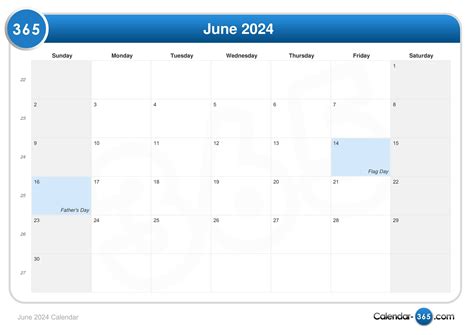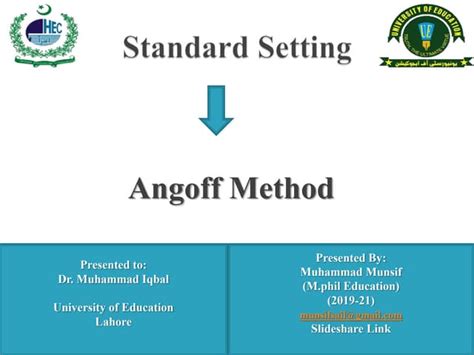Introduction
The Modified Angoff Method is a widely-recognized technique used to establish cut scores for high-stakes assessments, ensuring that passing scores accurately reflect the intended level of mastery. This method plays a pivotal role in determining student achievement, school accountability, and even college admissions.

The Need for a Modified Angoff Method
Traditional Angoff Methodologies, developed in the 1970s, faced limitations in accounting for item ambiguity and raters’ judgment biases. The Modified Angoff Method addresses these challenges by refining the original approach.
How the Modified Angoff Method Works
The Modified Angoff Method involves a systematic process where a panel of experts independently judges the difficulty of each item on an assessment. These judgments are used to estimate the proportion of students at a specified performance level who would answer each item correctly.
Step-by-Step Process
-
Assemble an Expert Panel:
– Select experts with subject matter expertise and experience in grading similar assessments. -
Provide Training:
– Train the panel on the Modified Angoff Method, including item analysis and estimating ability levels. -
Distribute Items:
– Distribute the assessment items to the panel members, ensuring each expert receives a unique set. -
Estimate Performance:
– Have each expert independently estimate the number of students at the target performance level who would answer each item correctly. -
Calculate Proportion Correct:
– Calculate the proportion of students who would answer each item correctly based on the expert estimates. -
Adjust for Difficulty:
– Adjust the proportion correct for item difficulty to create a consistent standard across items. -
Set Cut Score:
– Use the adjusted proportion correct values to establish a cut score that represents the minimum level of proficiency required.
Benefits of the Modified Angoff Method
- Improved Accuracy: Refines estimates of item difficulty and reduces bias, resulting in more accurate cut scores.
- Increased Consistency: Promotes fairness by using multiple expert judgments to create consistent passing standards.
- Flexibility: Applicable to various assessment formats and content levels, including multiple-choice, constructed-response, and performance tasks.
Common Mistakes to Avoid
- Overestimating Difficulty: Experts may overestimate item difficulty due to time limits or unfamiliar item types.
- Inconsistent Judgments: Raters may vary in their estimates due to different grading criteria or interpretations of performance levels.
- Lack of Context: Overlooking the context of the assessment or specific student population can lead to inappropriate cut scores.
Comparison of Modified Angoff Method with Other Methods
| Method | Characteristics | Advantages | Disadvantages |
|---|---|---|---|
| Modified Angoff | Expert-based, data-driven | Accurate, consistent, flexible | Time-consuming, requires expert availability |
| Item Response Theory (IRT) | Statistical model-based | Objective, reliable | Complex, requires large sample sizes |
| Classical Test Theory (CTT) | Item analysis and reliability estimation | Simple to implement | Item difficulty may vary across test forms |
Innovative Applications of the Modified Angoff Method
“Standard-Setting by Design (SSD)”
– Employs a design-based approach to set cut scores by considering assessment goals and student needs.
“Cut Scores for Computer-Adaptive Tests (CATs)“
– Adapts the Modified Angoff Method to determine cut scores for CATs, where item difficulty adjusts based on student responses.
“Next-Generation Assessment Design“
– Integrates the Modified Angoff Method into the development of performance assessments to ensure validity and reliability.
Conclusion
The Modified Angoff Method is a valuable tool for setting defensible cut scores on high-stakes assessments. By addressing the limitations of traditional methodologies, it enhances accuracy, consistency, and fairness. Educators can confidently use this method to establish meaningful passing standards that reflect student achievement levels and support informed decision-making. As educators continue to explore innovative applications, the Modified Angoff Method will remain a cornerstone in the field of assessment and educational measurement.
